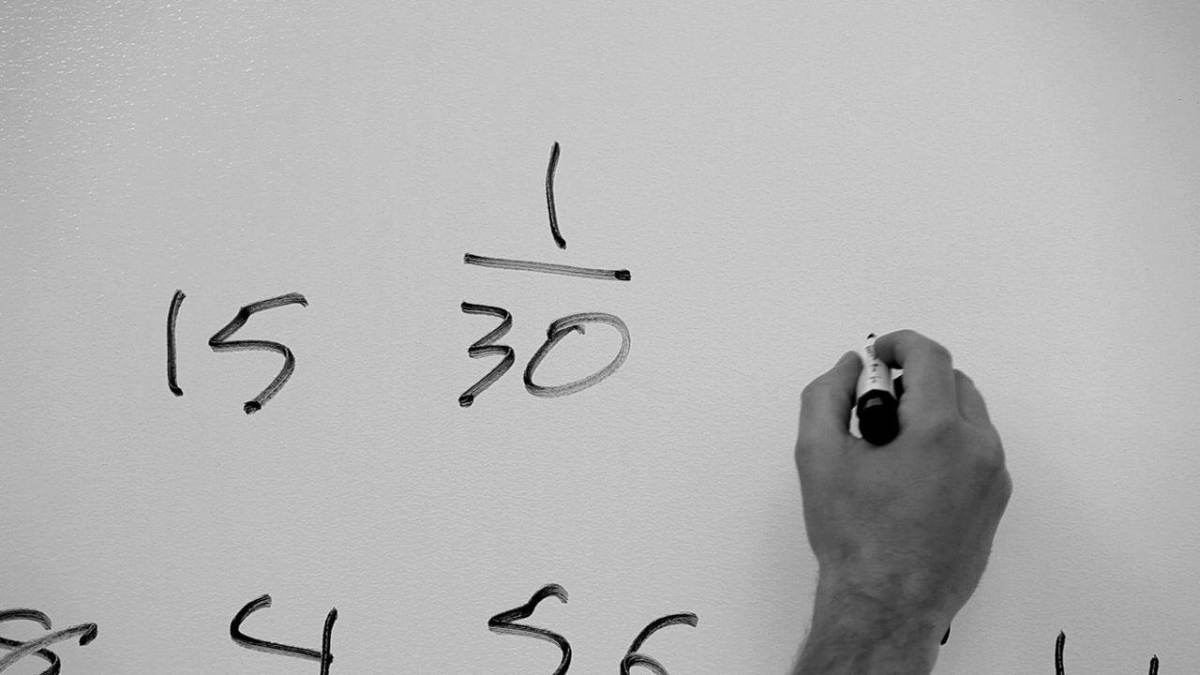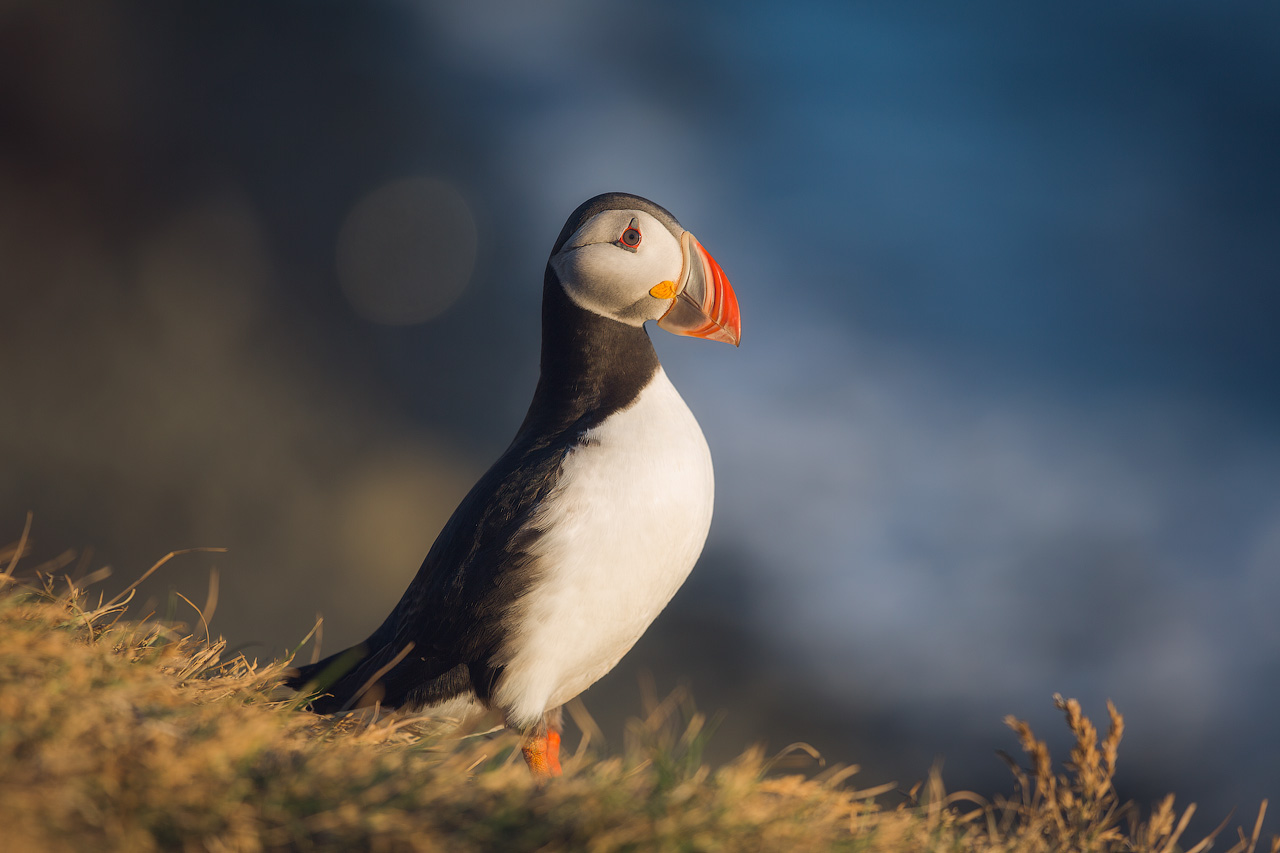

- #Best f stop for landscape how to#
- #Best f stop for landscape manual#
- #Best f stop for landscape iso#
If you need to boost your exposure, start by adjusting your shutter speed. So, unless necessary, avoid increasing your ISO.
#Best f stop for landscape iso#
While increasing your ISO will make your image brighter, it will also increase the apprearance of noise in your image. Set your camera to its lowest possible ISO (ISO 100). Resource: Camera Basics: Shutter Speed Explained (With Video) 4. The particular shutter speed you should use will vary depending on the speed and size of the waterfall you’re trying to photograph. If you are looking to capture motion, you’ll need to use slower shutter speeds.įor example, if you want to capture the soft, silky quality of water you typically see in most waterfall images, you’ll need shutter speeds between ½5 to 4 seconds is an excellent place to start. At this range, you don’t need to worry about camera shake.
#Best f stop for landscape manual#
If you’re using aperture priority, then you shouldn’t have to worry about shutter speed.īut assuming that you’re using manual mode, a good range to start when taking landscape images is 1/250 to 1/60 of a second. Resource: Camera Basics: Aperture Explained (With Video) The aperture sweet spot is typically 2-3 stops aways from the lens’ maximum aperture.įor example, if you are using a 70-200mm f/4 lens, your aperture sweet spot would be between f/8 and f/11.Īlthough the aperture sweet spot varies between lenses, a good range will produce sharp images with a deep depth of field is between f/8 and f/11. To do that, set your aperture to your lens’ aperture sweet spot. Keep in mind the narrowest aperture will not always produce the sharpest image with the widest depth-of-field. To do this, you will need to use a narrow aperture (large f/stop). When photographing landscapes, you’ll generally want to keep most of your frame in sharp focus.
#Best f stop for landscape how to#
Resource: How to Use Your Camera: Understanding Camera Modes 2. Using priority modes in low light conditions will often result in improperly exposed images. You’ll also want to switch your camera mode to manual if you’re shooting at night. To prevent missing your shot, shoot with shutter priority. In this case, having to adjust three settings using manual mode continually will only slow you down. Using shutter priority can be advantageous if you’re shooting wildlife, especially in dynamic lighting. Shutter priority allows you to control your shutter speed and ISO while the camera sets the aperture for you. If you’re trying to capture wildlife in your landscape scene, you’ll likely benefit from shooting with shutter priority. So, y ou wouldn’t want to let your camera choose either your f-stop or shutter speed for you. With these types of compositions, you’ll generally want to keep most of your frame in focus while using slow shutter speeds. If you’re trying to photograph waterfalls and streams, I recommend you use manual mode. For this, I would either opt for manual or shutter priority, depending on your subject. I wouldn’t recommend using aperture priority if you’re trying to capture motion. When To Switch To Manual and Shutter Priority The rest of your camera settings will be taken care of, allowing you to focus on shooting. So, you don’t have to worry about letting your camera choose your shutter speed for you.Īperture priority also allows you to shoot more efficiently.Ĭonsidering that you’ll likely be at 100 ISO, using aperture priority mode leaves you with just one camera setting to choose: f-stop. Shutter speed is typically a non-issue when photographing landscapes, assuming you are using a tripod (you should). This allows you to control your depth-of-field to make sure most of your frame stays in focus.

With aperture priority, you set the aperture and ISO while the camera sets the shutter speed for you. Settings That Don’t Affect RAW Imagesįor landscape photography, using aperture priority is often the best way to go. Playback Menu Settings: Image Preview, Highlight Warning, 100% Zoom.


Metering Mode: Matrix (Evaluative) Metering When To Switch To Manual and Shutter Priority.


 0 kommentar(er)
0 kommentar(er)
